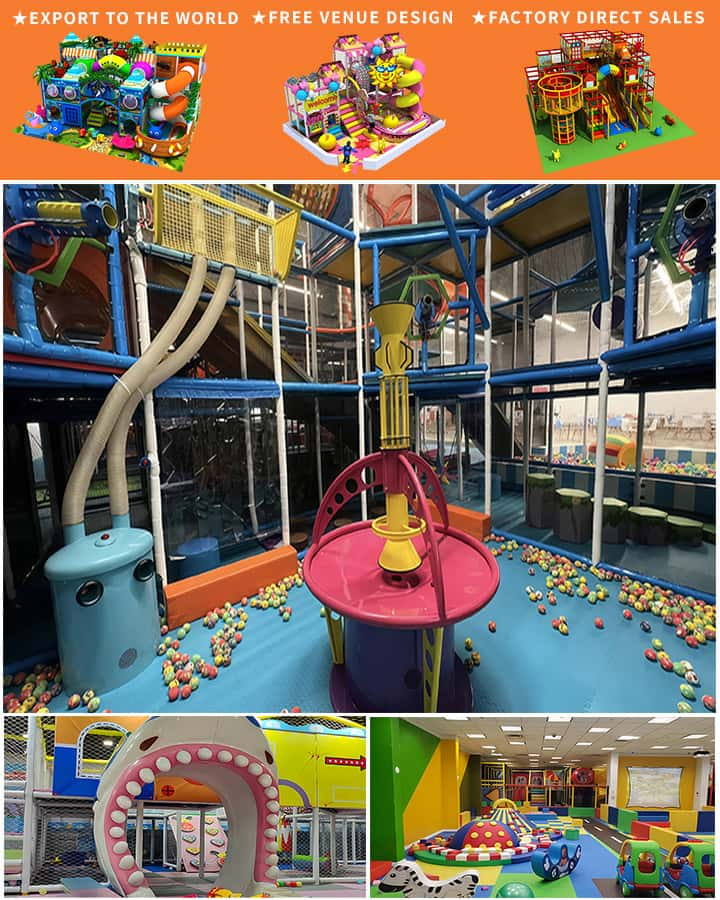In the pursuit of creating an enriching environment for all children, the importance of indoor play equipment for disabled children cannot be overstated. As society continues to emphasize inclusivity, it becomes paramount to design and implement indoor play spaces that cater to the diverse needs of every child, including those with disabilities. This ensures that every child, regardless of their physical or cognitive challenges, has the opportunity to engage, learn, and enjoy themselves in a safe and stimulating environment.
The Importance of Inclusive Indoor Play Spaces
Inclusive indoor play spaces are crucial for several reasons. Firstly, they promote social integration by allowing disabled children to interact with their peers in a natural and supportive setting. This interaction is vital for the emotional and social development of children, helping to break down barriers and foster empathy and understanding among young minds.
Secondly, such spaces provide therapeutic benefits. Engaging in physical activities tailored to their abilities can enhance the motor skills, coordination, and overall physical health of disabled children. Additionally, these activities can boost self-esteem and confidence, as children experience success and achievement in tasks designed specifically for their needs.
Types of Indoor Play Equipment
Designing appropriate indoor play equipment for disabled children requires thoughtful consideration and creativity. Here are some examples of inclusive indoor play equipment:

Adaptive Climbing Walls: Traditional climbing walls can be adapted with features such as hand grips of varying sizes, textured surfaces for better grip, and lower inclines to ensure safety and accessibility for children with different physical abilities.
Sensory Play Areas: These areas are equipped with various sensory-stimulating elements such as soft lighting, textured materials, and interactive sound elements. They are particularly beneficial for children with sensory processing disorders, providing a controlled environment to explore and engage their senses.
Wheelchair-Accessible Slides: Slides designed with wheelchair access ensure that children who use mobility aids can enjoy the thrill of sliding. These slides often have gentle slopes and wide openings to accommodate wheelchairs comfortably.
Interactive Floor Mats: Floor mats with embedded lights, sounds, and textures encourage movement and exploration. These mats can be programmed with various levels of difficulty to cater to children with different physical capabilities, promoting both gross and fine motor skills.
Adjustable Activity Tables: Activity tables that can be adjusted in height allow children of varying sizes and abilities to participate in tabletop games and crafts comfortably. These tables can also be equipped with adjustable seating options to further enhance accessibility.
Design Considerations
When designing indoor play equipment for disabled children, several factors must be taken into account:
Safety: Safety is paramount. Equipment must be constructed from durable, non-toxic materials and designed to prevent injuries, ensuring that children can play without risk.
Accessibility: All equipment should be easily accessible to children with disabilities. This includes considering factors like entrance points, movement pathways, and the positioning of controls and interactive features.
Inclusivity: Designs should be inclusive, allowing children of various abilities to participate together. This may involve incorporating multi-functional elements that can be used in different ways to accommodate different needs.
Customizability: Equipment that can be customized to suit individual requirements is ideal. This could include adjustable components or modular designs that can be tailored to specific disabilities.
Conclusion
Creating indoor play equipment for disabled children is not just about making toys accessible; it’s about recognizing and celebrating the unique needs and abilities of every child. By fostering inclusive play spaces, we pave the way for a more equitable and compassionate society where all children can thrive, learn, and most importantly, have fun together. As we continue to innovate and design with inclusivity in mind, we take a significant step toward ensuring that every child’s right to joy and development is honored.




